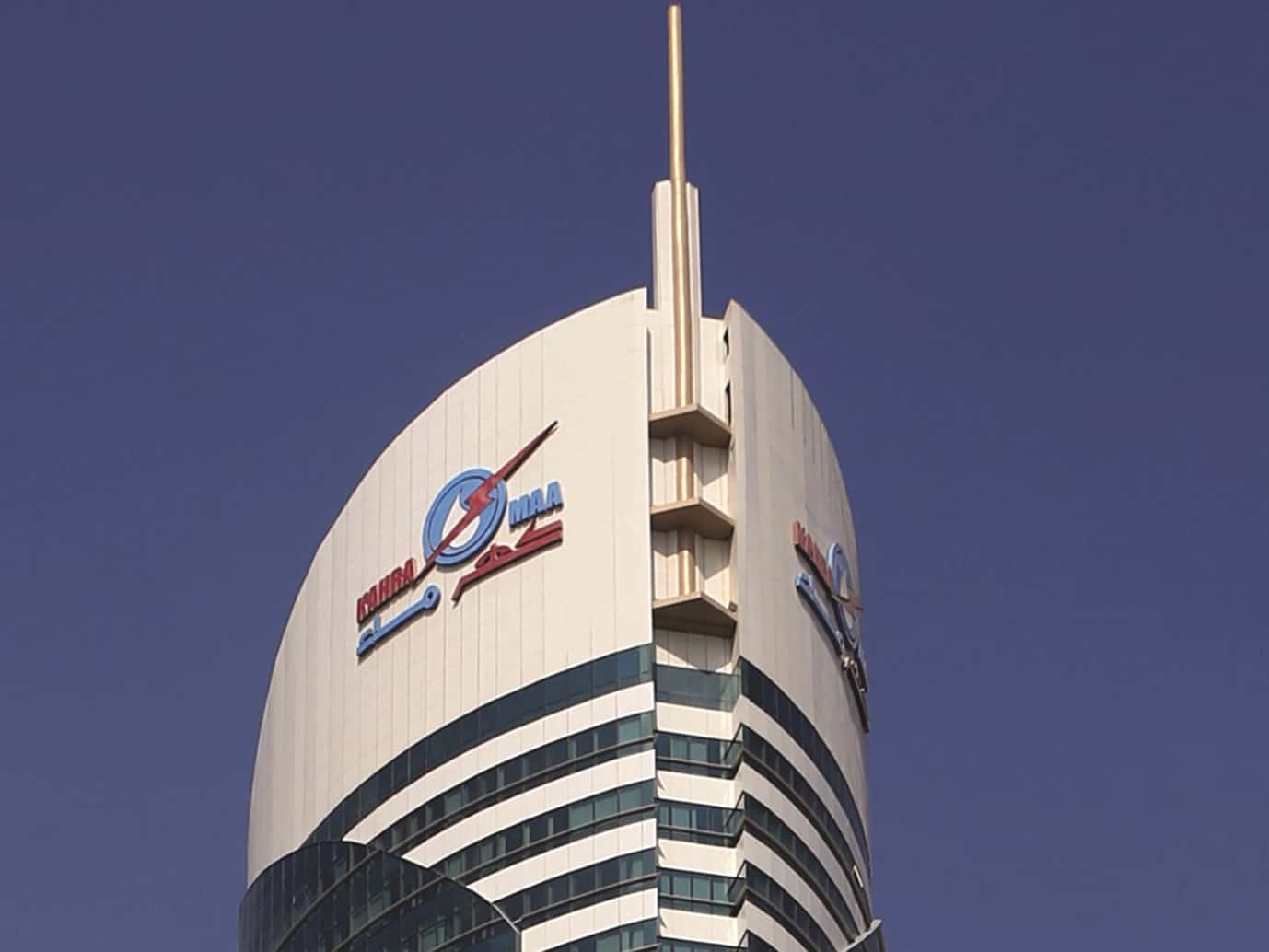Kahramaa launches the Qatar National Renewable Energy Strategy (QNRES) to advance sustainability goals, focusing on solar power expansion and aiming for environmental, economic, and energy security benefits aligned with Qatar National Vision 2030.
Qatar’s Kahramaa has announced the launch of the Qatar National Renewable Energy Strategy (QNRES) to bolster the sustainability goals of the government’s Qatar National Vision 2030 manifesto.
In collaboration with 22 energy actors in Qatar, the national water and electrical supply regulatory body will focus on the wider usage of solar power as an abundantly available energy resource.
As early as 2013, a study carried out by Dunia Bachour et al. from Hamad Bin Khalifa University’s Qatar Environment and Energy Research Institute revealed that there is a high potential for solar energy usage in Qatar.
Bachour et al. found that the ground-measured yearly average Global Horizontal Irradiation, which can be converted into solar energy and subsequently electricity, for Qatar is 2113kWh/m2/year. This figure is among the highest around the world.
By 2030, the QNRES advises that large-scale renewable power generation should be increased to 4GW and the installation of distributed solar generation should reach 200 MW, Qatar News Agency (QNA) reports.
The report added that Kahramaa’s latest strategy to encourage wider usage of renewable energy will not only reap economic benefits but also conserve the environment, improve air quality and bolster Qatar’s energy security by diversifying the nation’s sources of energy.
Environmental and economic advantages
The ambitions of the QNRES are forecasted to reduce Qatar’s total annual CO2 emissions from the power sector by 10% and reduce Qatar’s carbon intensity by 27% per each unit of electricity generated.
The strategy is also cost-effective. The QNA report added that the QNRES will reduce the average cost of electricity generation by 15% by 2030.
Kahramaa’s QNRES will also introduce a net-billing system, which will allow consumers and prosumers to benefit from unused surplus power. Prosumers will be able to sell any surplus back to the grid, while consumers’ accounts will be credited and offset future bills.
The QNRES also considers the stability of the nation’s established electricity system and non-renewable energy sources. Therefore, the strategy will combine the use of large-scale renewable energy installations with high-efficiency thermal generation powered by natural gas.
This comes within the framework of Kahramaa’s efforts towards a sustainable Qatari future, in line with the goals blueprinted by Qatar National Vision 2030.
The government’s manifesto advocates for “sound economic management [and] responsible exploitation of oil and gas.”
This will involve striking a balance “between reserves and production and between economic diversification and the depletion of non-renewable hydrocarbon resources.”
The government’s manifesto adds that sustainable development is the right of the nation’s future generations, as finite non-renewable energy resources must be compensated by exploring new renewable energy sources.







